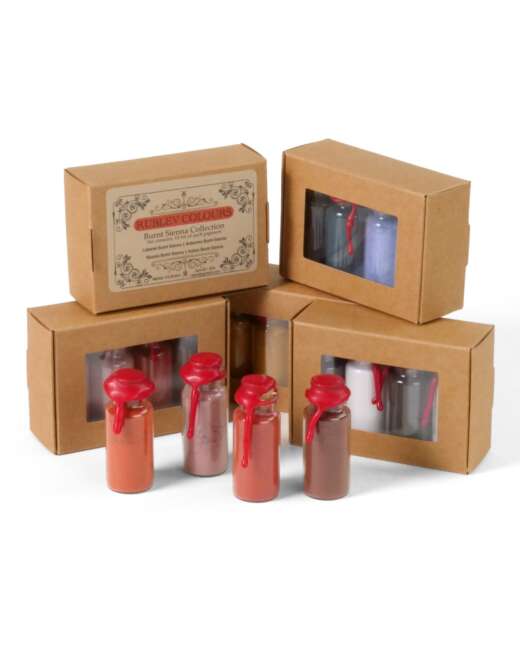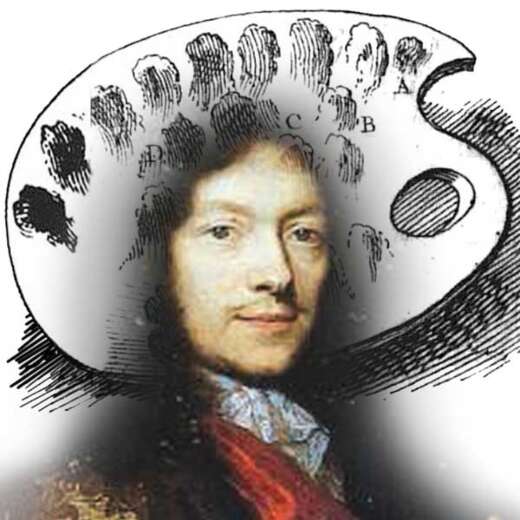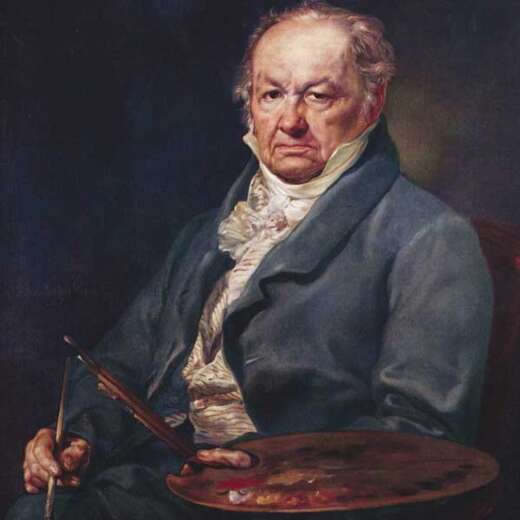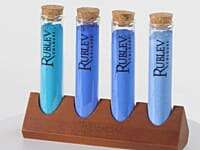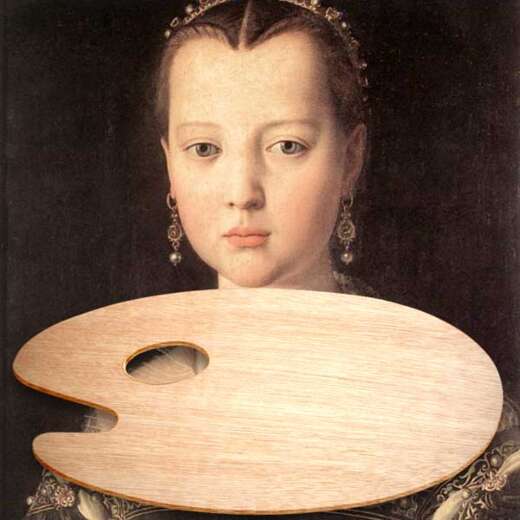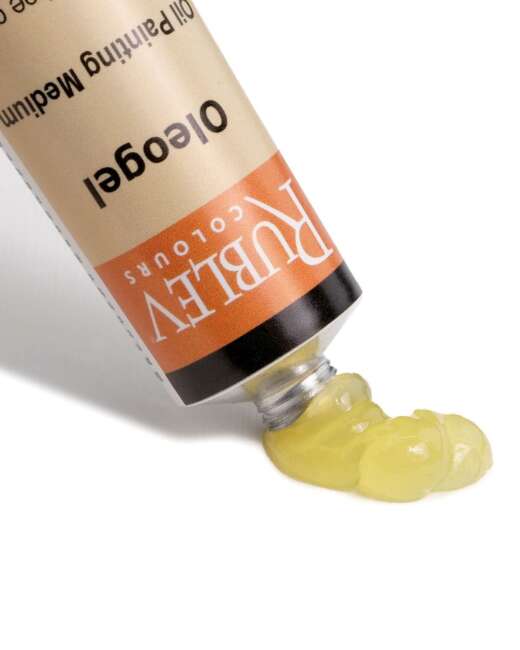The Zorn Palette: Were There Really Only Four Colors?

Search the words’ Zorn Palette’ in Google, and you will find over 604,000 entries. Each discusses the famous four-color palette of Anders Zorn (1860–1920), a Swedish painter adored by thousands worldwide and long hailed as the artist’s artist. Among the many entries in Google are those expressing disbelief about the claim he only had four colors on his palette.
Blogger Carol Douglas, a Plein air artist in Maine, even goes so far as to declare ‘the Zorn palette a lie.[1] She and others base this on observations of his paintings and his paint box now at the Nationalmuseum in Stockholm. Undoubtedly, Zorn used more than four colors during his career that spanned more than four decades. Stating Zorn only used four colors oversimplifies the artist’s virtuosity and range of subjects.
Looking at the body of his work, it is difficult to deny that he used just four colors as the foundation of his palette. And isn’t that the point of the artist’s palette? A tool by which artists visualize the colors and tones of a painting.
In the book Northern Light: Nordic Art at the Turn of the Century, Rosemary Hoffman wrote, “Zorn was noted for executing paintings using a sober color scale limited to white, ochre, vermilion, and ivory black.” [2]
In the 1986 catalog on the Zorn exhibit at the Birmingham Art Gallery, Hans Henrik Brummer said, “basically his register was limited to black, white, earth yellows and vermilion; other pigments could be used if local accents were needed.” [3]
The idea of the four-color Zorn palette is not new. Fellow painters described his palette during Zorn’s lifetime. For example, Birge Harrison (1854–1929), in his book Landscape Painting, says: “The distinguished Swedish artist, Zorn, uses but two colors—vermilion and yellow ochre; his two other pigments black and white, being the negation of color. With this palette, simple to the point of poverty, he nevertheless finds it possible to paint an immense variety of landscape and figure subjects.” [4]

Anders Zorn, Self-Portrait with a model, 1896, oil on canvas, 117 cm x 94 cm (46” x 37”), Nationalmuseum, Sweden.
If this were not convincing enough, we have evidence direct from Zorn. The self-portrait clearly shows the palette with the four colors: white, ochre, red, and black. Zorn unequivocally displays the four-color palette for all to see.
The Zorn Palette
Sources
1. Carol Douglas (2016) “The Zorn Palette is a Lie.” Watch Me Paint. May 5, 2016. http://watchmepaint.bangordailynews.com/2016/05/05/home/the-zorn-palette-is-a-lie/ (Last accessed on December 15, 2019)
2. Kirk Varnedoe, Gustave Caillebotte (1988) Northern Light: Nordic Art at the Turn of the Century. Yale University Press.
3. Douglas Hyland (2003) Zorn, Paintings, Graphics and Sculpture. Schwarz Gallery, Philadelphia, 2003. Philadelphia Collection LXXII.
4. Birge Harrison (1920) Landscape Painting. C. Scribner's Sons.







